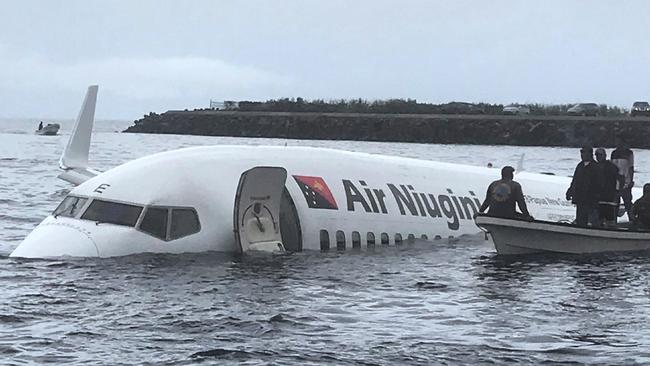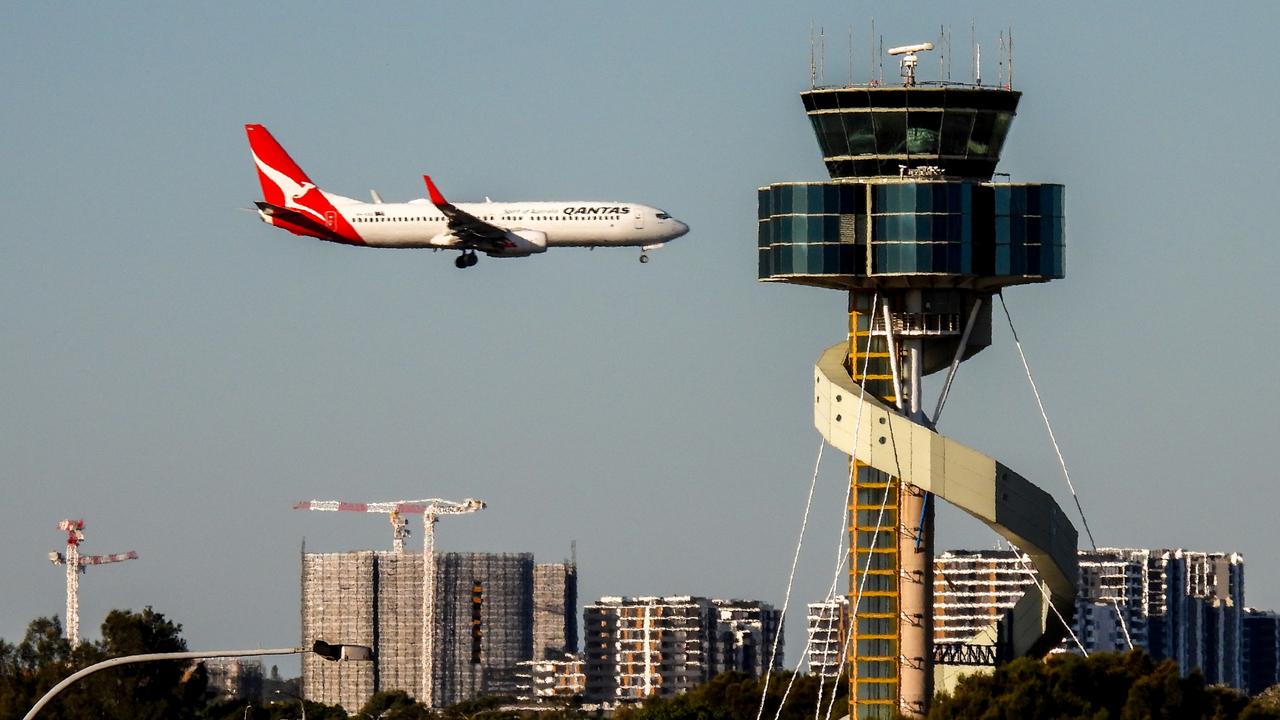Air Niugini pilots ignored alerts as plane crashed into lagoon
Before impact, the Australian co-pilot of the Air Niugini 737-800 yelled “too low, too low”.
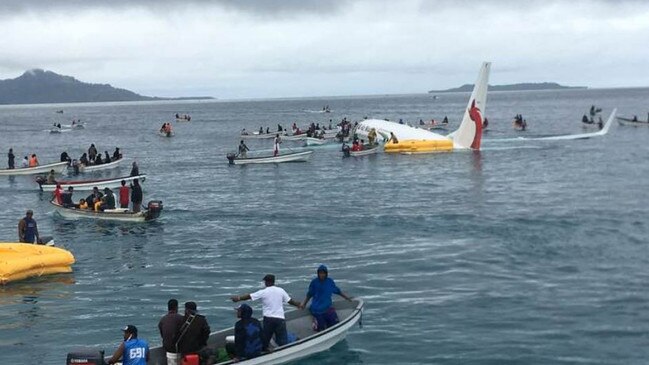
The final report into the crash of an Air Niugini flight on September 28 last year, has found the pilots ignored alerts from the plane as it headed for Chuuk lagoon in Micronesia, short of the runway at Chuuk International Airport.
One passenger was killed in the crash of the Boeing 737-800 but 34 other passengers and 12 crew members survived.
Papua New Guinea’s Accident Investigation Commission released the final report today showing the aircraft struck the water 460 metres short of the runway after going through heavy rain.
Despite having close to 20,000 hours of flying experience, the captain failed to recognise “developing unsafe conditions” and continued to make an unstable approach to the runway rather than go around.
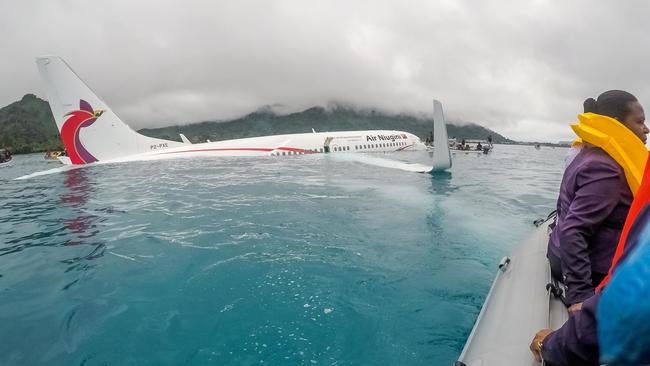
The report was even more scathing about the Australian co-pilot describing him as “ineffective and oblivious to the rapidly unfolding unsafe situation.”
“He did not recognise the significant unsafe condition and therefore did not realise the need to challenge the pilot-in-command and take control of the aircraft as required by the Air Niugini standard operating procedure manual.”
As the 737 descended, a series of aural cautions and visual alerts were issued including a “pull up” message.
The investigation found two seconds before impact, the co-pilot yelled “too low, too low” but it was too late.
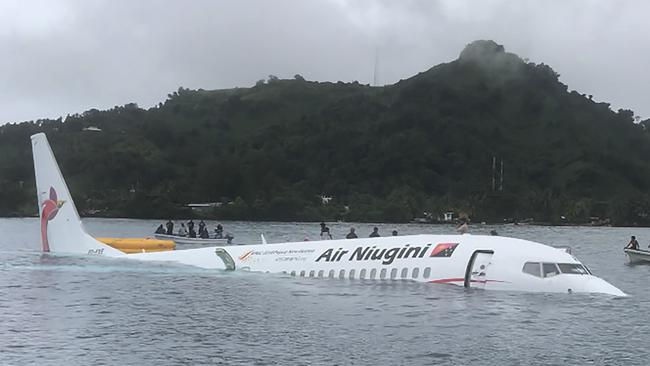
“The continuation of the approach at an excessively high rate of descent, resulted in the aircraft impacting the water 460m short of the runway,” the report said.
“Both pilots ignored the alerts and warnings and were unaware of the unsafe situation developing.”
The report also found the pilots did not have the required flight documents for the service and had only one runway chart for Chuuk.
Their communication with Air Traffic Control was also found to be inappropriate.
Although several passengers raised concerns about the behaviour of cabin crew following the crash, the report found no evidence they did not comply with procedure, other than two of them retrieving their cabin baggage before evacuating.
The deceased passenger was not wearing a seatbelt when the aircraft hit the water, and died from his injuries, the report said.
A series of safety actions were ordered as a result of the crash, the first fatal accident in Air Niugini’s 46-year history.
They included correcting in-flight safety cards to show the correct location of life rafts, and the requirement for “no bags, no shoes” when evacuating an aircraft.
Air Niugini was also providing additional training for flight crew flying certain routes including Chuuk and Pohnpei.
